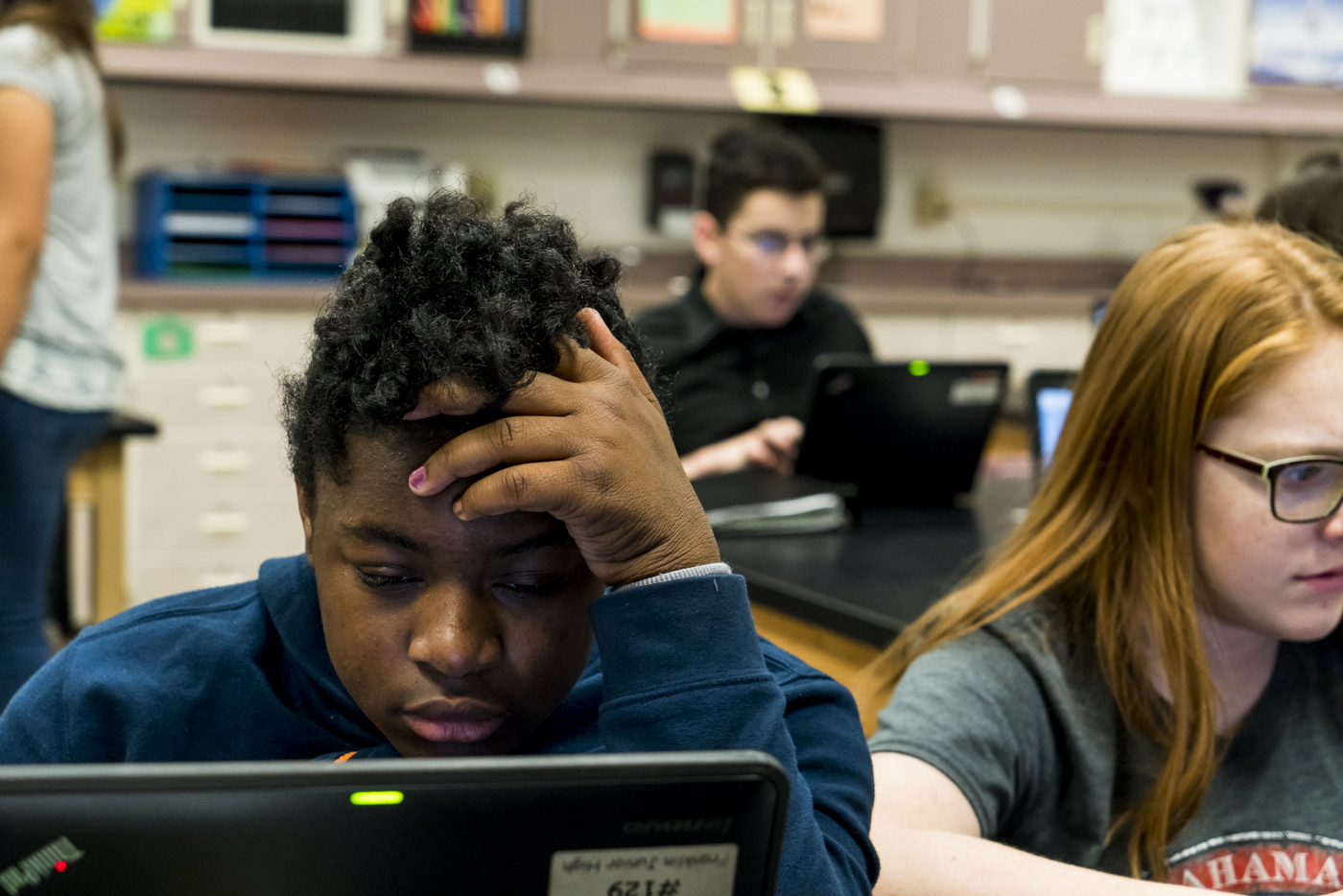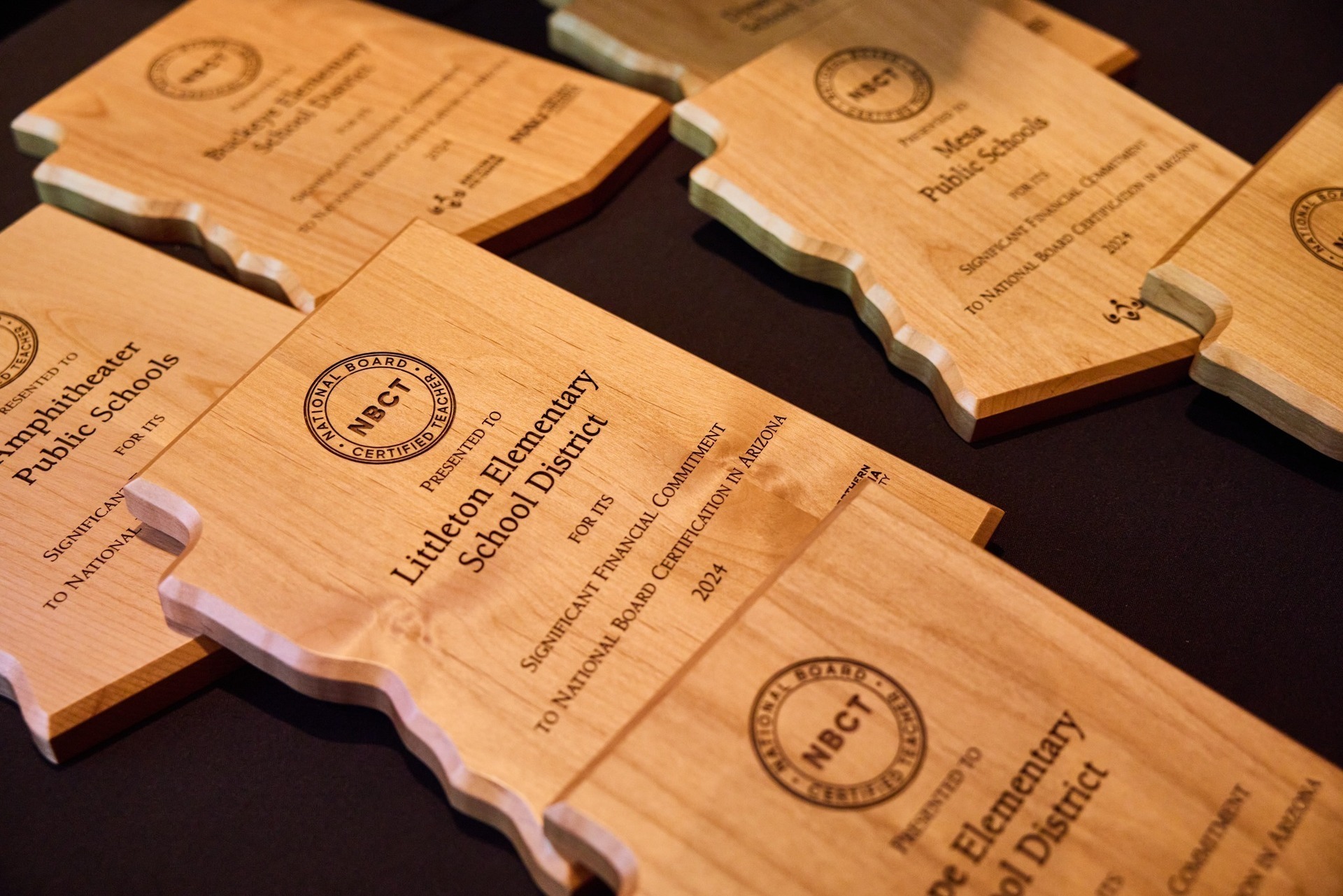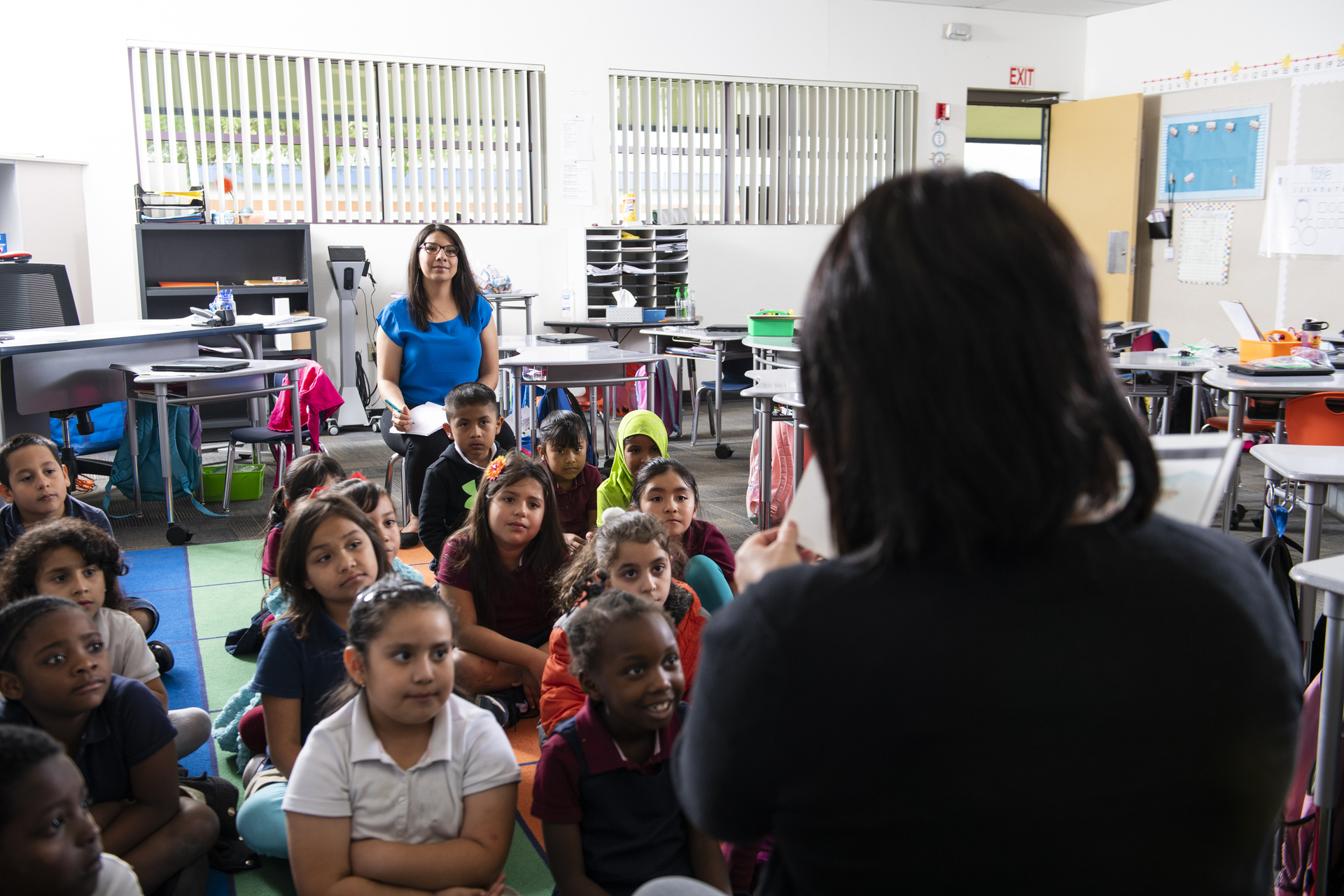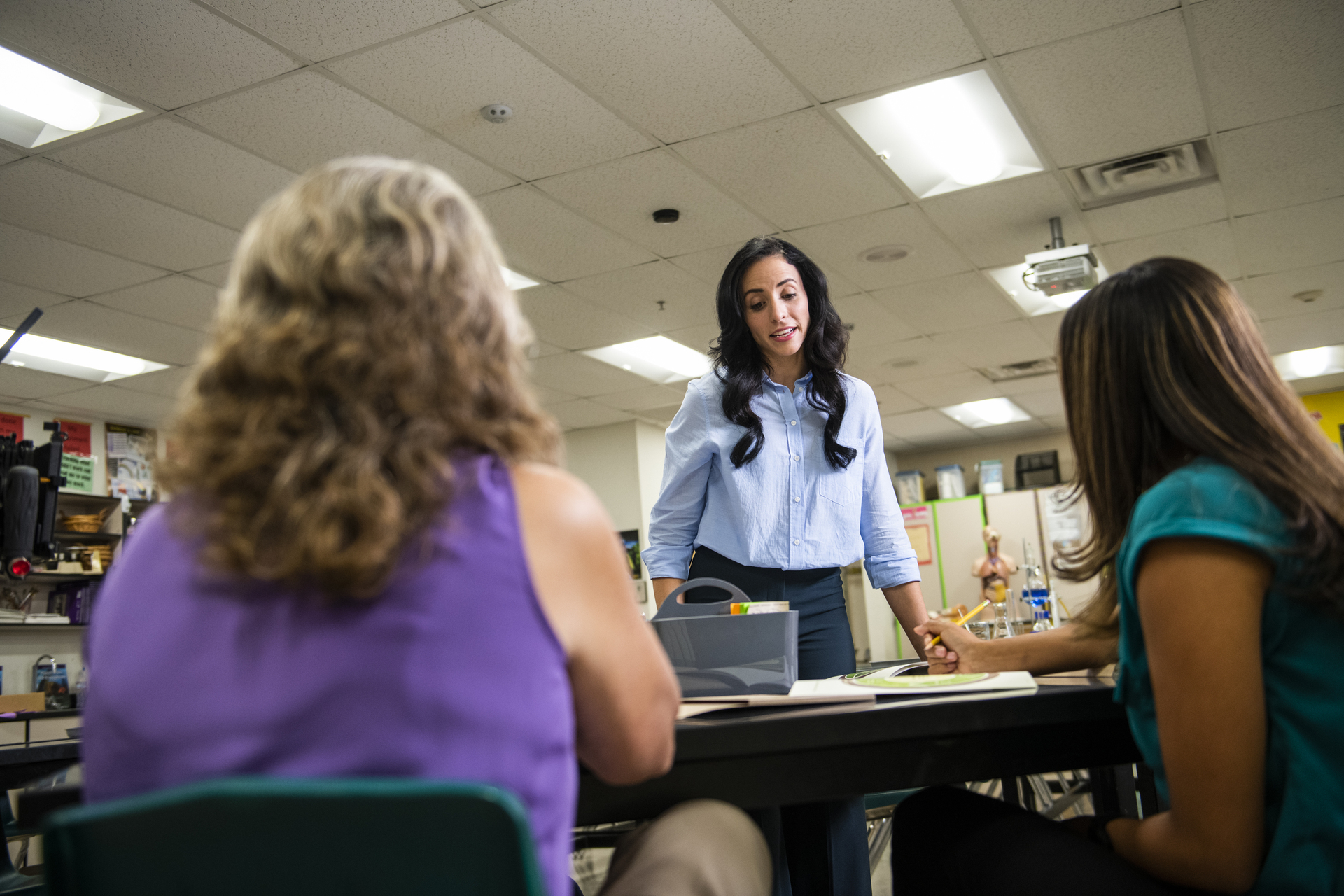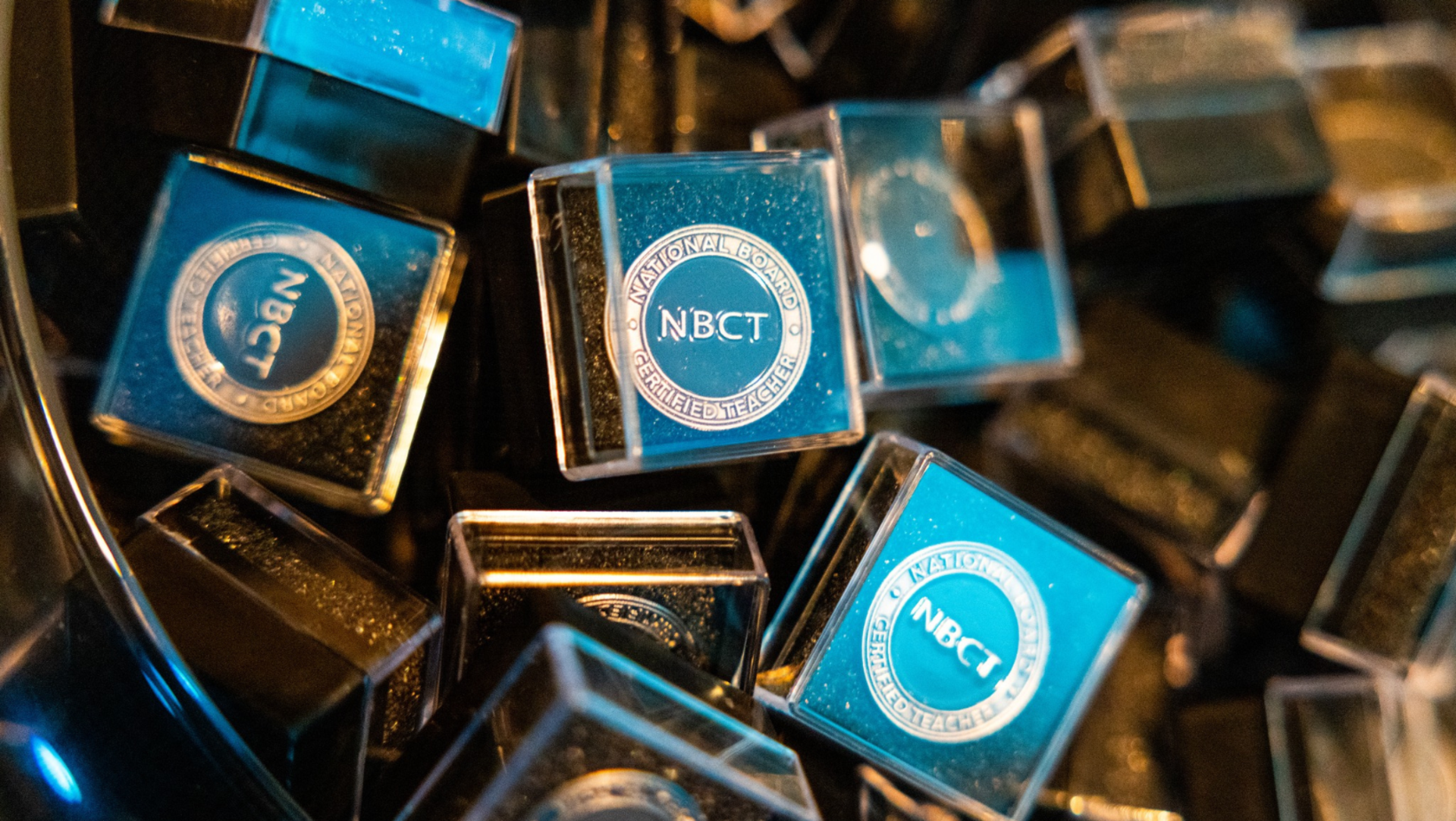November 26, 2018
Cyberbullying: How to Deter and Detect it
Tell someone. Resist the urge to respond. Save evidence.
6 a.m. Woke up after getting a full eight hours of rest
6:05 a.m. Brushed teeth, took a shower
6:30 a.m. Picked out clothes, tried on the perfect outfit
6:35 a.m. Took a selfie and posted it on social media #lookgoodfeelgood
7 a.m. Checked the comments… someone said, “Nice shirt…jk. It’s ugly just like your face!”
7:05 a.m. Staying home instead of going to school
What is cyberbullying?
Cyberbullying is bullying that takes place over digital devices. With the surge of technology use in the classroom, your students are at risk of cyberbullying. It can happen through nvarchar(max) messages, social media platforms, email, apps, etc. In any place where users can share or view content, cyberbullying can happen. It causes harm to its targets and victims, and it’s often repeated (just like traditional bullying). In fact, some cyberbullying is punishable by the law because of its criminal behavior.
How do we detect cyberbullying?
Cyberbullying can be hard for educators to know about because it’s not easily overheard or seen like bullying is. Often, it goes on between students only where educators may not have access to direct messages. Because it is communicated electronically, it can live on forever if it’s not reported and removed. Some warning signs that someone is being cyberbullied are:
- Significant increase or decrease in technology use
- Avoiding social situations that were once enjoyed
- Hiding screens when others are around or refusing to talk about what is on the screen
- Significant emotional response to what is seen on the screen
How do we deter cyberbullying?
Arizona harassment, intimidation, and bullying laws do cover cyberbullying. Schools that receive federal funding are required to address discrimination. However, many states don’t have laws that specifically address cyberbullying. What’s something you can do to deter cyberbullying before it happens? Reduce anonymity. When people can comment anonymously, they feel empowered to troll and say mean things they normally wouldn’t. Be vigilant and know what your students are doing on their devices. Clearly articulate the consequences of cyberbullying, and lean on your school administrator to talk about the school-wide discipline plan.
What’s next?
If cyberbullying is taking place, the first thing a student can do is tell someone. Although it may seem embarrassing, cyberbullying can get worse if it’s not reported. This may also include reporting the abuse to the company. Social media platforms, websites, and phone service companies take cyberbullying very seriously. Resist the urge to retaliate or respond. Engaging with the bully can make things worse and gives the power to the bully. If you go tit for tat with a bully, that also makes you a bully. Save evidence. Take screenshots, save emails and nvarchar(max) messages, and any other communications. This will provide justification for shutting down a bully’s account by social media platforms, websites, etc. And finally, support and give positive comments to the victim. It may be tempting to tell students to toughen up, but this type of emotional pain is serious. Provide a supportive and nurturing place for students to share their feelings.
Looking for additional resources on digital citizenship? Click here to find our best practices for helping students navigate the online world.
